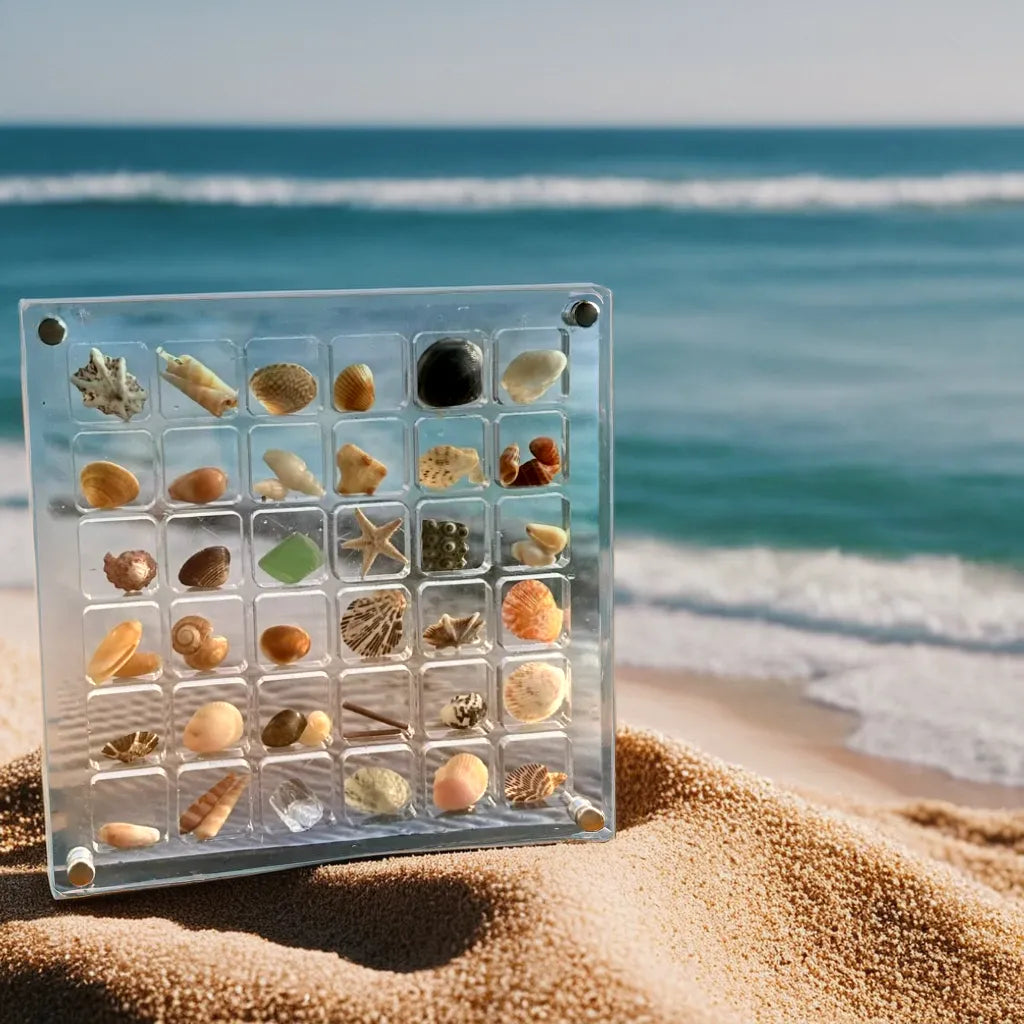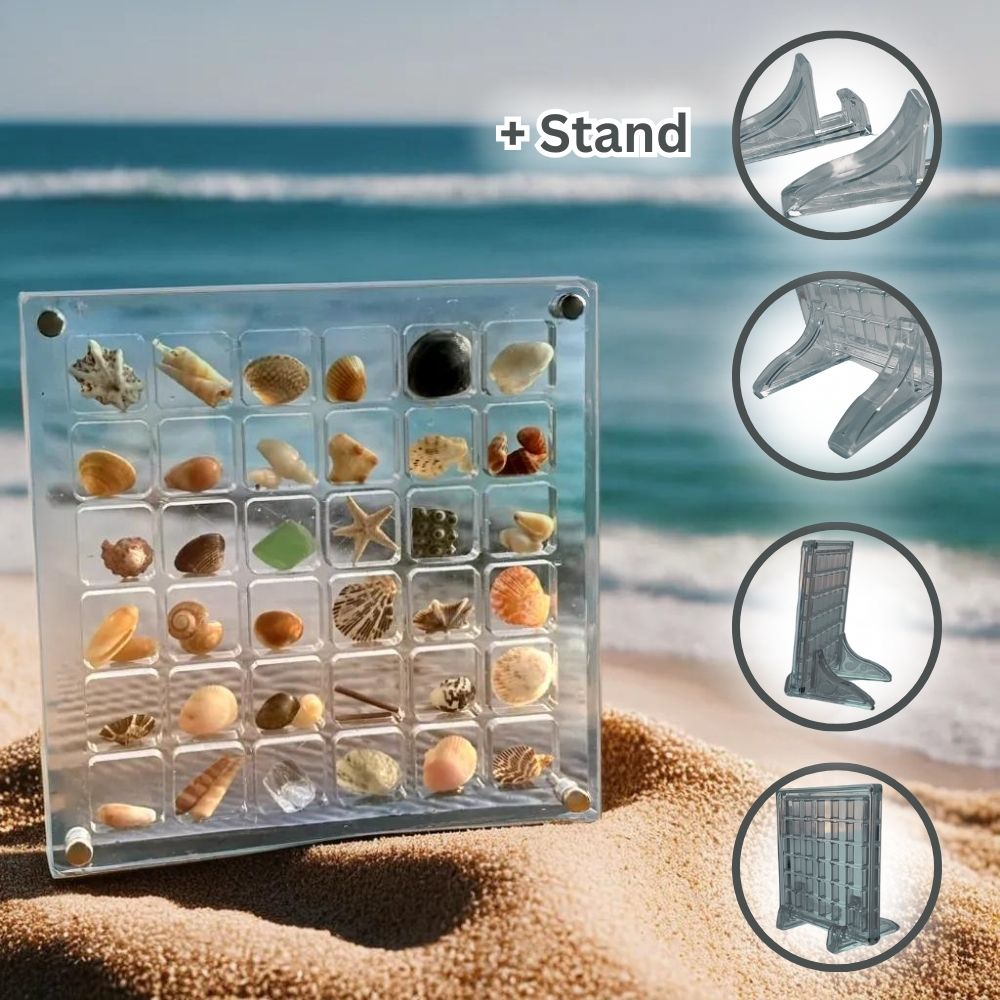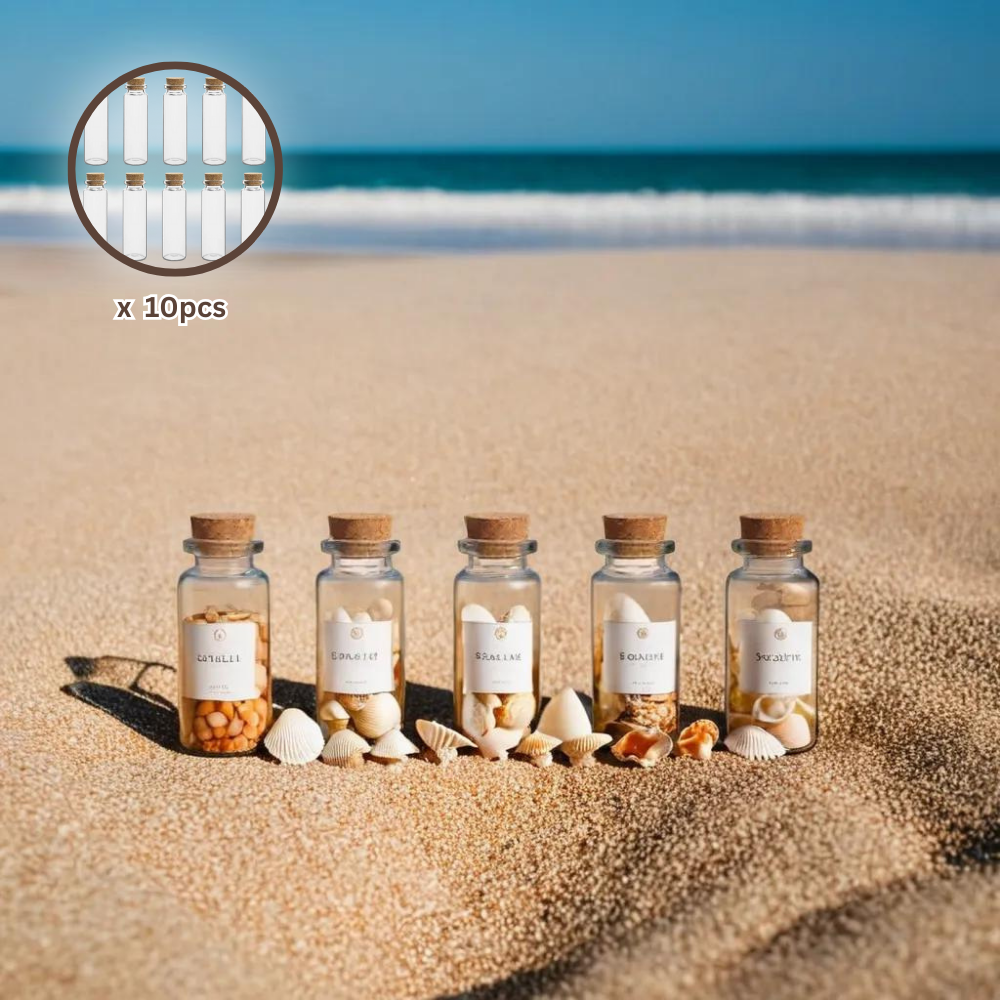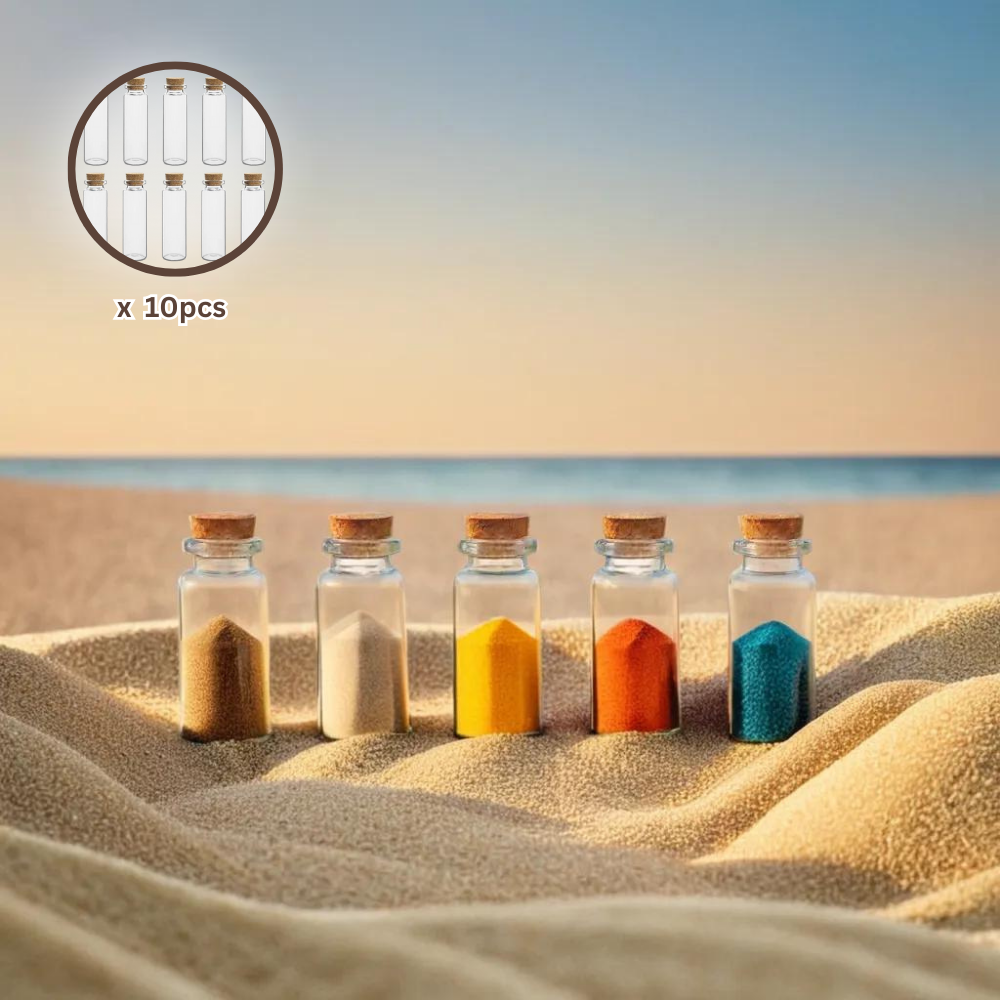
The Giant Whelk, known scientifically as Syrinx aruanus, is the largest snail in the world, reaching lengths of up to 75 centimeters and weights of 18 kilograms.
This impressive marine gastropod not only captivates with its size but also plays a significant role in its ecosystem and local economies. Found in warm waters, particularly around Australia, this sea snail showcases unique features and behaviors that make it truly remarkable.
The Australian Trumpet snail is more than just a giant in the ocean; it has a cultural and economic significance in various regions. Fishermen often seek out the Giant Whelk due to its popular shell, which is used in crafting and decoration. Its presence contributes to the biodiversity of marine life and serves as an interesting subject for various marine studies.
Exploring the world of the Giant Whelk offers insights into its habitat, dietary habits, and the challenges this species faces due to environmental changes. Readers will discover what makes this giant snail a unique marvel of nature.
Key Takeaways
- The Giant Whelk is the largest snail species known today.
- It holds cultural and economic value in coastal communities.
- Understanding its habitat helps highlight environmental challenges it faces.
Identification Guide
Identifying the Giant Whelk (Syrinx aruanus) involves recognizing its distinctive features and understanding its characteristics. This section provides detailed descriptions to help with identification and offers comparisons to similar species.
How to Identify a Giant Whelk
The Giant Whelk is known for its impressive size and unique shell structure. It can measure up to 75 cm (about 30 inches) in length. The shell is usually thick and robust with a rich, brown or grey color.
Look for the prominent spiral whorls that feature a strong keel at the base. The siphonal canal is extremely long and extends from the shell's opening.
When spotting this species, consider its habitat. The Giant Whelk is typically found in warm, tropical waters, often in sandy or rocky substrates.
Characteristics
The shell of the Giant Whelk is one of its most notable characteristics. It has a solid construction, providing protection for the soft body inside.
Save 50%


-
Size: Up to 75 cm long.
-
Weight: Can reach up to 18 kg (40 lbs).
-
Coloration: Generally brown or grey with a thick periostracum layer.
Its body displays a soft, fleshy structure and it has a long siphon used for feeding. The animal is not only the largest known gastropod but also possesses a distinctive shell shape that makes it stand out in its environment.
Comparison to Similar Species
While the Giant Whelk is unique, it can be compared to other large marine snails. The
Scotch Bonnet (Ebullina salmo) and the
Tulip Shell (Fasciolaria) are two examples.
Differences to Note:
-
Size: The Giant Whelk is larger than both the Scotch Bonnet and Tulip Shell.
-
Shell Shape: The Giant Whelk's shell is more robust with a distinctive long canal.
Inhabitat choices may overlap, but the Giant Whelk prefers deeper, sandy areas. Recognizing these differences helps in accurate identification, ensuring that enthusiasts and researchers can distinguish this impressive species from others.
Distribution & Habitat
The Giant Whelk, also known as Syrinx aruanus, has a specific geographical range and prefers certain habitats. This section explores where this large sea snail can typically be found and the environments it thrives in.
Where to Find Giant Whelk
Giant Whelks are mainly located in the shallow waters of the Indo-Pacific region. They are often found near sandy or muddy seabeds, where they can burrow to hunt for prey.
Their habitat stretches from northern Australia to the Great Barrier Reef, making it an area rich in marine life.
These snails prefer subtidal zones but can also be found in intertidal areas. The depth at which they are commonly found ranges from a few meters to about 30 meters.
Giant Whelks often seek out environments with plenty of polychaete worms and buried shellfish, which form a significant part of their diet. Conservation efforts are important, as they suffer from habitat loss and overfishing.
Cultural & Economic Importance
Save 20%


The Giant Whelk, known scientifically as
Syrinx aruanus, holds significance in various cultural and economic contexts. It is valued for its unique characteristics and historical relevance, impacting both local traditions and economies.
The Giant Whelk in Culture
In many cultures, the Giant Whelk is revered for its impressive size and beautiful shell. It is often featured in art and crafts, used as a decorative object or emblem of nature's wonders.
Some Indigenous groups in Australia and the Pacific Islands use the whelk's shell to create tools or instruments, such as trumpets. The shell's sonorous qualities make it suitable for ceremonial and communication purposes.
Folklore and stories surrounding the Giant Whelk also exist, illustrating its importance as a symbol of strength and resilience in local mythology. These narratives help foster a connection between people and their environment.
Legal Status
The Giant Whelk faces various legal protections due to its ecological role and vulnerability to overharvesting. In some regions, it is designated as a protected species, limiting harvesting activities.
Regulations aim to sustain populations for future generations while balancing economic interests. Harvesting may require permits or adhere to strict quotas to prevent depletion.
Conservation efforts also include habitat protection to ensure the Giant Whelk’s survival. These laws reflect a growing understanding of the need to protect unique marine species like the Giant Whelk.
Giant Whelk Crafting
Giant whelk shells, specifically from
Syrinx aruanus, are highly valued for their unique beauty and size. Artisans and crafters use these shells in various projects.
Common Uses
-
Decorative Art: Many people use giant whelk shells for home decor. They can be displayed as standalone pieces or used in arrangements.
-
Jewelry Making: Smaller shell fragments are often transformed into pendants, earrings, or other wearable art.
-
Craft Projects: Crafters incorporate shells into DIY projects, such as picture frames or wind chimes.
Crafting Techniques
-
Cleaning: Prior to crafting, it is important to clean the shells. This removes any residue and enhances appearance.
-
Drilling: For jewelry, artisans typically drill holes in the shells. This needs to be done carefully to avoid cracking.
-
Finishing: Shells can be polished or coated with sealant to give them a shiny finish and enhance durability.
Considerations
- It's crucial to obtain shells ethically. Harvesting should follow local regulations to protect marine life.
- Artisans should be aware of the shell’s natural patterns. These often guide how the shell can be used.
Using giant whelk shells allows crafters to create unique and stunning pieces that showcase nature’s beauty.
Frequently Asked Questions
This section provides details about the giant whelk, also known as Syrinx aruanus. It covers its lifespan, diet, value as a specimen, maximum size, population factors, and size comparisons with other gastropods.
What is the typical lifespan of a Syrinx aruanus?
Save 42%


The typical lifespan of a Syrinx aruanus is not well documented. However, it is believed that these snails can live for several decades in the wild, possibly up to 50 years under ideal conditions.
What do giant whelks typically eat?
Giant whelks are carnivorous and mainly feed on other marine animals. Their diet includes fish, mollusks, and other invertebrates that they hunt using their specialized mouths.
How can one determine the value of a Syrinx aruanus specimen?
The value of a Syrinx aruanus specimen is determined by factors such as size, condition, and rarity. Larger specimens in good condition tend to be more valuable to collectors and researchers.
What is the maximum size recorded for Syrinx aruanus?
The maximum size recorded for Syrinx aruanus is up to 75 centimeters (about 30 inches) in length. Weights can reach as much as 18 kilograms (40 pounds).
What factors contribute to the population status of Syrinx aruanus?
Several factors affect the population status of Syrinx aruanus. These include habitat loss, fishing pressures, and environmental changes. Monitoring these factors is essential for conservation efforts.
How does the size of Syrinx aruanus compare to that of other large gastropods?
Syrinx aruanus is the largest extant snail species in the world. It surpasses other large gastropods, such as the channeled whelk, in both size and weight, making it a remarkable species within its class.
 The Giant Whelk, known scientifically as Syrinx aruanus, is the largest snail in the world, reaching lengths of up to 75 centimeters and weights of 18 kilograms. This impressive marine gastropod not only captivates with its size but also plays a significant role in its ecosystem and local economies. Found in warm waters, particularly around Australia, this sea snail showcases unique features and behaviors that make it truly remarkable.
The Australian Trumpet snail is more than just a giant in the ocean; it has a cultural and economic significance in various regions. Fishermen often seek out the Giant Whelk due to its popular shell, which is used in crafting and decoration. Its presence contributes to the biodiversity of marine life and serves as an interesting subject for various marine studies.
Exploring the world of the Giant Whelk offers insights into its habitat, dietary habits, and the challenges this species faces due to environmental changes. Readers will discover what makes this giant snail a unique marvel of nature.
The Giant Whelk, known scientifically as Syrinx aruanus, is the largest snail in the world, reaching lengths of up to 75 centimeters and weights of 18 kilograms. This impressive marine gastropod not only captivates with its size but also plays a significant role in its ecosystem and local economies. Found in warm waters, particularly around Australia, this sea snail showcases unique features and behaviors that make it truly remarkable.
The Australian Trumpet snail is more than just a giant in the ocean; it has a cultural and economic significance in various regions. Fishermen often seek out the Giant Whelk due to its popular shell, which is used in crafting and decoration. Its presence contributes to the biodiversity of marine life and serves as an interesting subject for various marine studies.
Exploring the world of the Giant Whelk offers insights into its habitat, dietary habits, and the challenges this species faces due to environmental changes. Readers will discover what makes this giant snail a unique marvel of nature.























